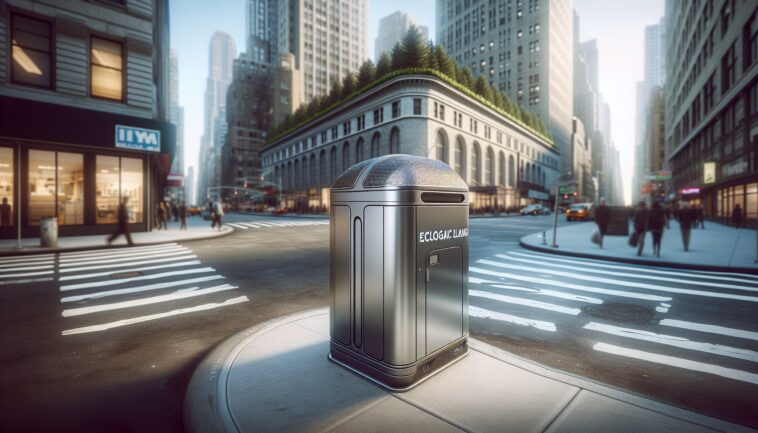Table of Contents
New York’s battle against rats: Are spaceship bins the solution?
In a city that never sleeps, the fight against rats has become a significant concern for Mayor Eric Adams. His administration is determined to tackle the rodent problem head-on, but the approach has sparked debate among residents.
The introduction of the Sanitation Department’s new “spaceship” bins, designed to contain waste and deter rats, is at the center of this controversy.
What are spaceship bins?
The spaceship bins are large, futuristic-looking containers intended to replace traditional trash receptacles.
Their design aims to keep waste secure and minimize the time trash is left on the streets, which is a known attractant for rats. However, many locals are voicing their concerns about these bins, claiming they are unsightly and disrupt the aesthetic of their neighborhoods.
Marcus Delgado, a resident of Hamilton Heights, describes them as “like a robot sitting there with two arms sticking out,” highlighting the disconnect between the bins and the surrounding environment.
The impact on neighborhoods
Residents are worried that these bins will take up valuable space, not only for pedestrians but also for parking.
Currently, trash is only placed on sidewalks for a few hours on designated days, but the spaceship bins are set to remain in place 24/7. This change could significantly alter the streetscape, leading to a less inviting atmosphere in neighborhoods that pride themselves on their character.
One local woman expressed her frustration, stating, “It’s not the right fit,” emphasizing that the bins clash with the community’s aesthetic.
Are the bins effective?
Proponents of the spaceship bins argue that they are a necessary step in the fight against rats.
A Sanitation representative claimed that a pilot trial in 2023 resulted in a 60% decrease in rat sightings reported to 311. However, critics question the effectiveness of these bins in the long term. With the city already implementing individual anti-rat bins and limiting trash exposure, the addition of collective bins raises concerns about their actual value. Moreover, the new composting mandate, which is also aimed at reducing rat populations, adds another layer of complexity to the situation.
Community response and future considerations
While the Sanitation Department may have good intentions, many feel it has lost touch with the realities of urban living. The introduction of these bins seems to prioritize a bureaucratic vision over the needs and preferences of New Yorkers. As the city grapples with waste management and public health, it is crucial to consider the voices of residents who are directly affected by these changes. The challenge lies in finding a balance between effective waste management and preserving the unique character of New York’s neighborhoods.




